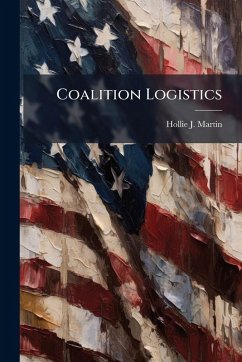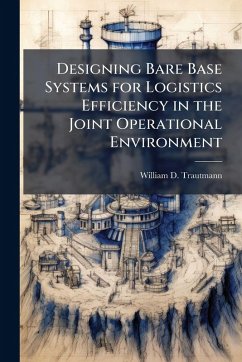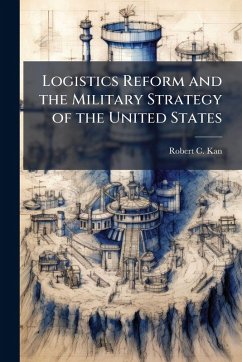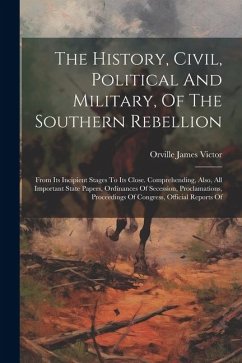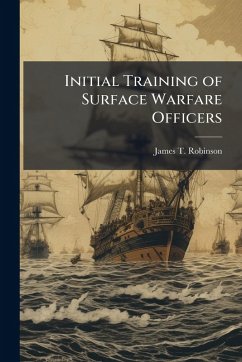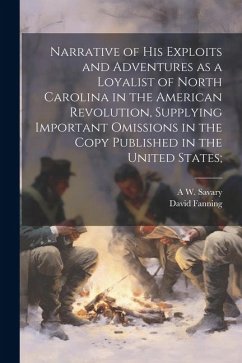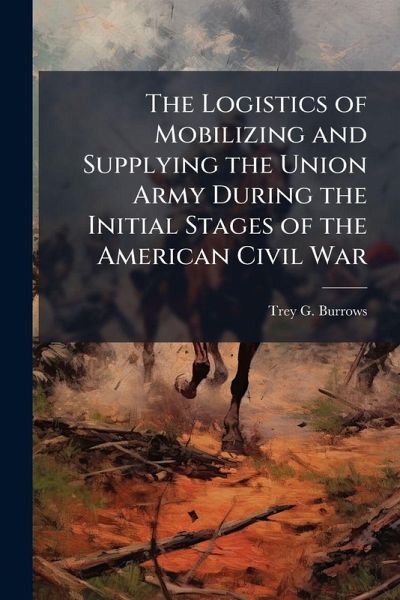
The Logistics of Mobilizing and Supplying the Union Army During the Initial Stages of the American Civil War
Versandkostenfrei!
Versandfertig in über 4 Wochen
15,99 €
inkl. MwSt.
Weitere Ausgaben:

PAYBACK Punkte
8 °P sammeln!
This thesis studies the logistics involved in mobilizing and supplying the Union Army at the onset of the Civil War. The main elements discussed are the sources, procedures, and items needed for the mobilization and supply effort. Initially, the Union relied on the States to mobilize the military with the majority of the military being militia members or volunteers. The number of volunteers declined later in the war and the Union used both the bounty system and the draft for recruitment. Eventually, the Federal Government replaced the States as the primary mobilizing entity. The military neede...
This thesis studies the logistics involved in mobilizing and supplying the Union Army at the onset of the Civil War. The main elements discussed are the sources, procedures, and items needed for the mobilization and supply effort. Initially, the Union relied on the States to mobilize the military with the majority of the military being militia members or volunteers. The number of volunteers declined later in the war and the Union used both the bounty system and the draft for recruitment. Eventually, the Federal Government replaced the States as the primary mobilizing entity. The military needed supplies of weapons, clothing, and food. Again the States were the primary providers of supplies. The Union later used domestic and foreign markets for supplies, but the urgency of the nation spawned fraud and corruption. Additionally, the majority of the supplies provided were not adequate for the environment of war. By the end of war, corruption decreased and quality increased. Today's military can use the actions of the Union as guidance of what to do and what not to do in the time of war. The actions of the Union during the Civil War should be used as a template for future generations. This work has been selected by scholars as being culturally important, and is part of the knowledge base of civilization as we know it. This work was reproduced from the original artifact, and remains as true to the original work as possible. Therefore, you will see the original copyright references, library stamps (as most of these works have been housed in our most important libraries around the world), and other notations in the work. This work is in the public domain in the United States of America, and possibly other nations. Within the United States, you may freely copy and distribute this work, as no entity (individual or corporate) has a copyright on the body of the work. As a reproduction of a historical artifact, this work may contain missing or blurred pages, poor pictures, errant marks, etc. Scholars believe, and we concur, that this work is important enough to be preserved, reproduced, and made generally available to the public. We appreciate your support of the preservation process, and thank you for being an important part of keeping this knowledge alive and relevant.





